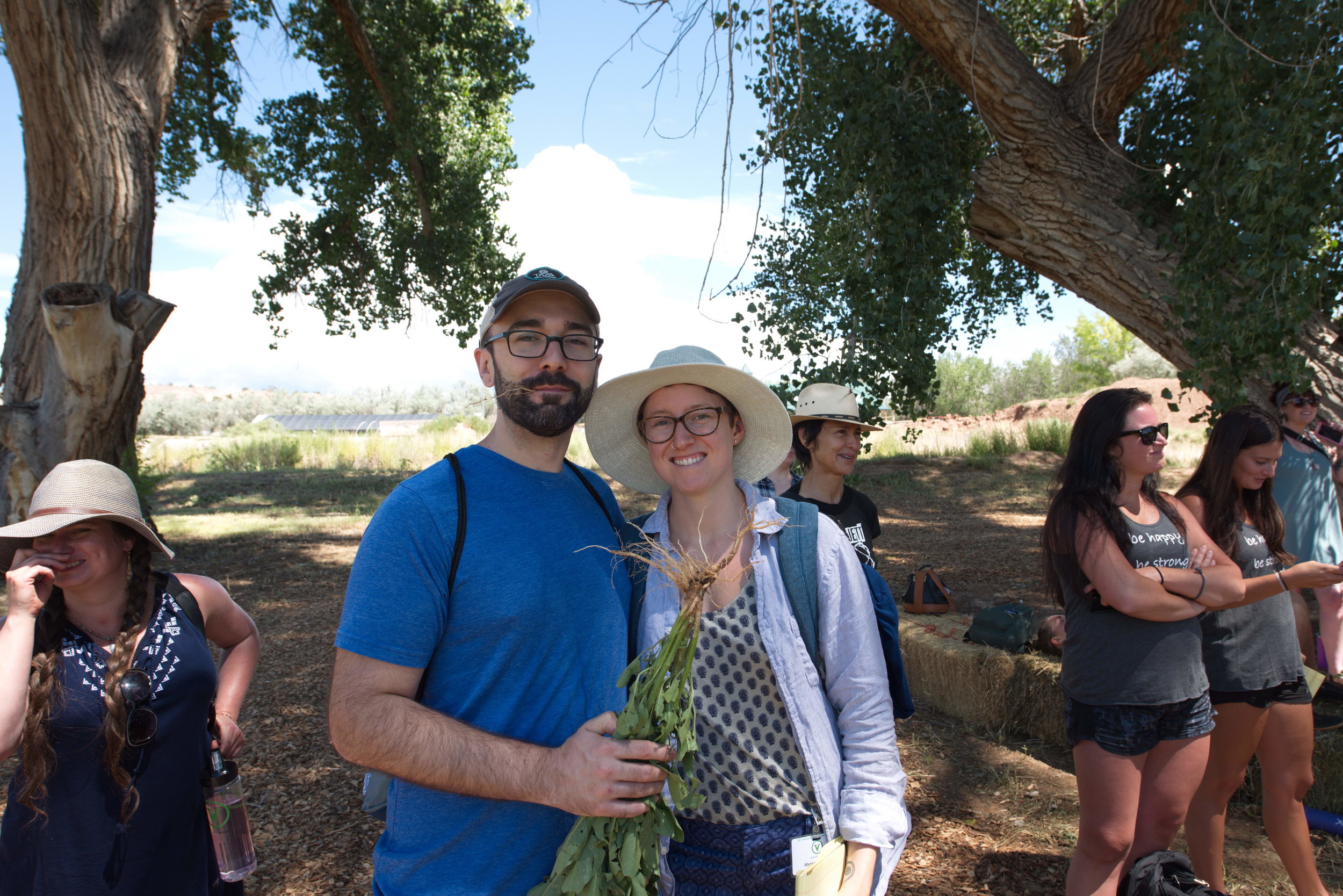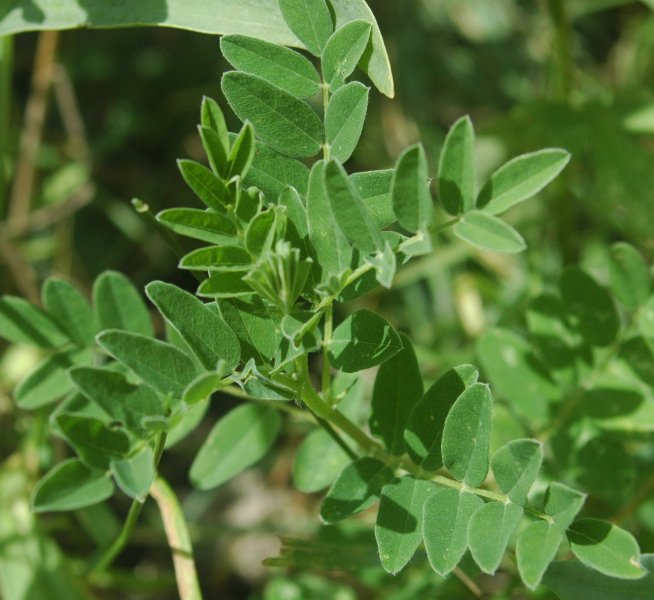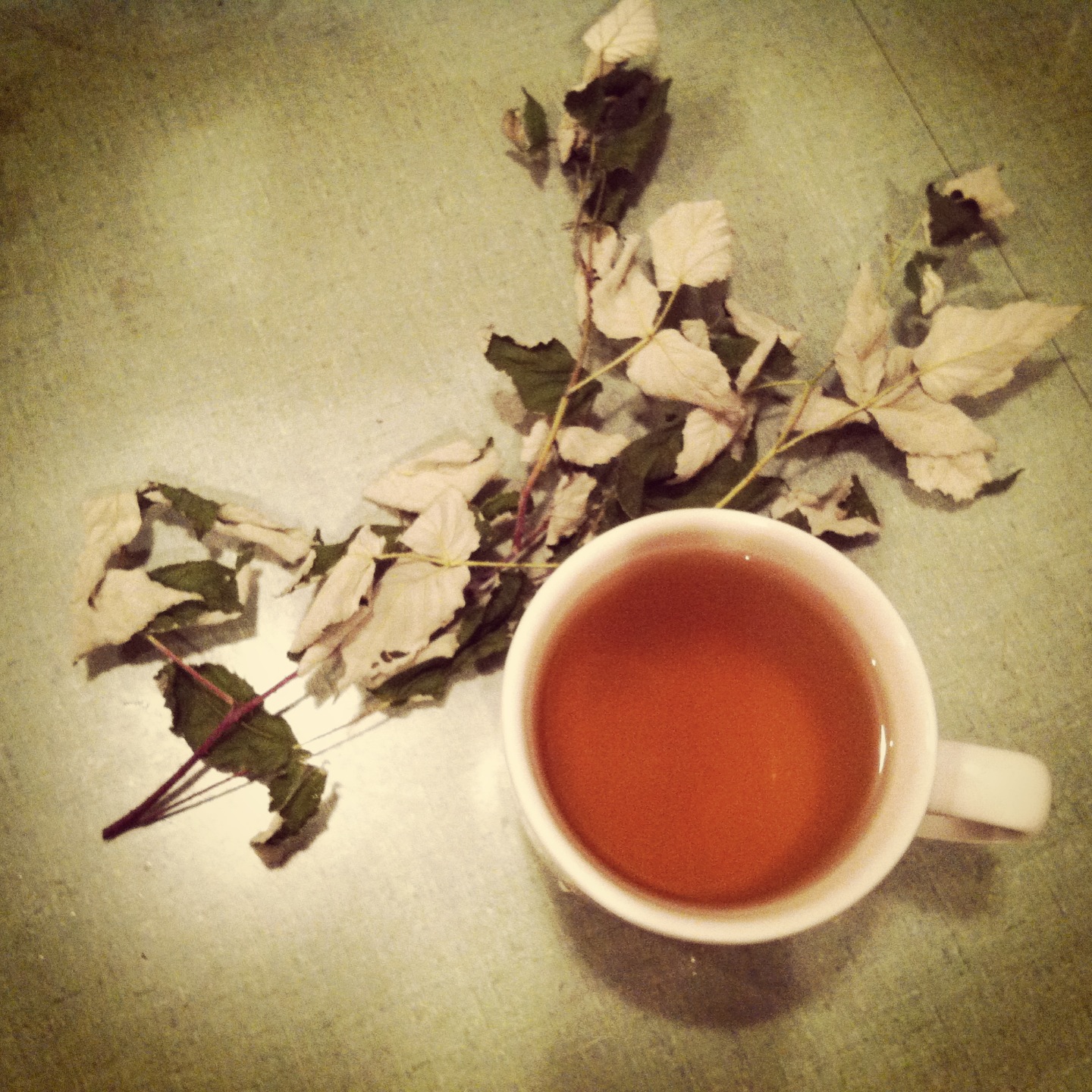By Steph Zabel
Herbalist & Ethnobotanist
2017 has been a challenging year for so many of us, on many levels. Just turning on the news can be heart-breaking and traumatic as we witness the loss, upheaval and grief so many of our kindred are experiencing due to human-made tragedies or environmental extremes.
What can we do? How can we respond?
When so many are wounded or are causing wounds, the pain existing in the world can seem overwhelming. If you feel at a loss for how to make a positive difference in the world at this moment in time… First, take heart that this too shall pass… Second, make sure that your body and spirit are nourished and comforted. Once you are well within yourself you will be able to spread this wellness and comfort outward to everyone whose lives you touch.
Some of my favorite ways of nourishing, comforting and healing myself — and my family — are the herbs below. These plants help us come back to our center. Some protect the heart; others nourish the nervous system; others lift the spirits. Read through these descriptions, try a cup of tea (or a tincture) of these plants and listen to the ones that call to you with their healing gifts.
By Rasbak via Wikimedia Commons
MILKY OAT TOPS Offering Nourishment & Calm
Milky oats provides deep, deep fortifying nourishment for the nervous system and helps to overcome exhaustion. It eases anxiety, frazzled nerves and emotional instability. When you feel like you’re about to either 1) throw a temper tantrum if the slightest thing goes wrong or 2) collapse into a sobbing heap if you have to deal with one more thing… turn to milky oat. It helps to soothe sensitive people and anyone who is feeling emotionally overwhelmed. It strengthens the physical heart and the emotional heart. Oat is food; oat is medicine; oat is pure nourishing LOVE.
To make: Use dried oat straw: and steep 6 heaping spoonfuls in a quart of hot water for 6-8 hours. Strain and drink for a nourishing tea. Or, get your hands on a bottle of the milky oat tincture (it must say “milky”!) and take 1/2 to 1 full dropper as needed.
HAWTHORN Offering Protection & Openness
Hawthorn berry is a famous cardiac tonic, imparting a strengthening and protective effect on the physical heart. But it also has a very special affinity for the emotional heart. It can be used to bring comfort during times of loss, grief, homesickness and heart-break. Hawthorn soothes a saddened heart and provides gentle support during stress and overwhelm. It is one of the best herbs I know of for a tender or troubled heart, or for any period of emotional tumult. This red-hued berry also helps us to know when when better emotional boundaries are needed. It helps us discern when it is necessary to protect our hearts and when it is safe to open them completely.
To make: Use dried hawthorn berries and add 2-4 Tbsp. of the berries to 2 cups of water in a small saucepan. Bring to a boil then simmer at low heat for 15-30 minutes. Strain and drink.
By Ian Cunliffe via Wikimedia Commons
SAGE Offering Clarity & Wisdom
Sage has a rejuvenating effect on the nerves, and has been used by herbalists to address depression, anxiety and nervousness. It is especially good for the frazzled feeling we get when life is too hectic or overwhelming. Sage helps us feel less anxious and more grounded. I believe when used over time it can also help us to feel more at peace with how things are, and to feel more connected with day-to-day reality, i.e. appreciating what is rather than what we want things to be. Many traditions have noted that sage has the ability to enhance one’s inner wisdom. Sage flower essence is especially beautiful and illuminating for enhancing inner knowingness.
To make: Use 1/2 Tblsp. dried herb per cup of hot water; let steep 7-10 minutes. Can also be gently simmered in a small saucepan for a more mellow flavor. Or, use sage flower essence, taking 3 drops 3-4 times per day.
By Line via Wikimedia Commons
TULSI Offering Centering & Grounding
For centuries tulsi (a.k.a. holy basil) has been called a sacred herb. In traditional Ayurvedic medicine it is regarded as an “elixir of life” and is said to promote longevity and perfect health. It is also said to gladden the heart and lift the spirits. Tulsi is a lovely relaxing nervine, and a calming, centering herb useful for an anxious mind. It can offer comfort and grounding when it is most needed. It is a very important herb for helping the body adapt to stress and to cope with an over-active nervous system. Even the scent of tulsi is healing: it is uplifting, brightening and soothing to the mind and spirit.
To make: Use 1/2 - 1 Tblsp. of the dried leaf per cup of hot water; let steep at least 7 minutes, if not longer. The essential oil can also be used before bed or meditation, in a diffuser or simply inhaled directly from the bottle.
By Shashidhara Halady via Wikimedia Commons
Steph Zabel, MSc, is an herbalist and botanical educator who helps urban dwellers connect with the plant world. She teaches seasonally-oriented herbal classes that focus on local plants, herbal medicine-making techniques, and plant identification. She is also the creator of Herbstalk, Boston’s community herbal conference. Learn more about her work at: www.flowerfolkherbs.com and www.herbstalk.org.
This blog series — Herbs and Botanicals— is for general health information only. This Web site is not to be used as a substitute for medical advice, diagnosis or treatment of any health condition or problem. Users of this Web site should not rely on information provided on this Web site for their own health problems. Any questions regarding your own health should be addressed to your own physician or other healthcare provider.










































